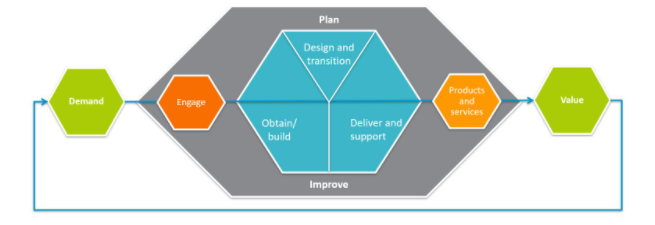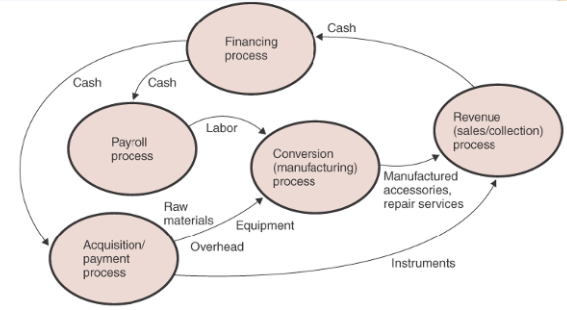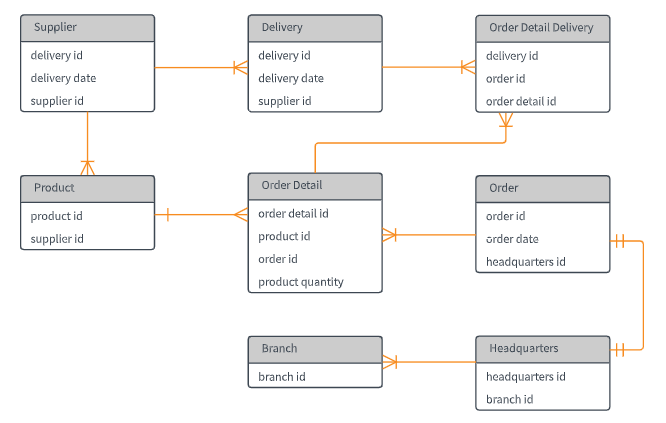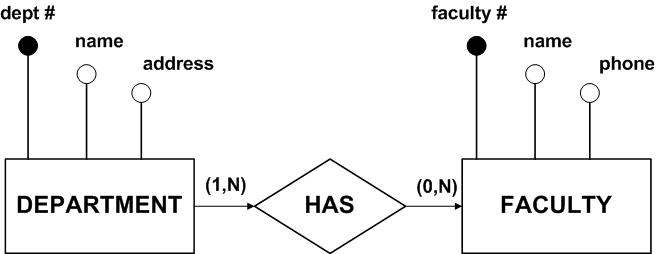The primary purpose of using the Value Systems Level Model
A system value model is a mathematically represented stakeholder’s preference which is a function of design attributes related to the value provided by the system. A value chain involves an association used by a company to create money based on specific subsystems used to create products and services. There are various processes involved down the line, as explained by Michael Porter. A strategic tool is used to analyze the company’s value chain, which involves various primary activities. They include inbound logistics, the involved outbound logistics, marketing sales, including other essential services.
Inbound logistics involves the process of receiving, warehousing, and inventory coordination of a company’s raw materials. The relationship of the company with the suppliers is also included. Therefore, inbound logistics encompasses the receiving and storing of products from the manufacturer planning to sell them at a profit. The above company involves itself in acquiring the ready-made products from the manufacturers before selling them to its customers. Since it has several creditors and investors, it can raise finances for other products from the manufacturers. Proper packaging of the company’s products also facilitates buying and selling the company’s caps and adds value to the company’s products.
Also, outbound logistics is another primary purpose that encompasses all the activities performed in distributing the final product to the customer. Since consumers are located in different places, various distribution channels are used to deliver the goods. A company requires to be well prepared to distribute their goods to the clients at their specified destinations.
This process includes delivering the product to the customer and storing the product in the various company storage units. It can be both internal and external distribution systems. For the Anime Makers Company, the process may involve storing the acquired t-shirts, stickers, and caps, including other ready-made products, in the company’s storage units and later shipping them to the consumers to market the company’s brand and attract more anime consumers.
Besides, marketing and sales are the primary purposes of the value system model. It encompasses the strategies which are performed to enhance the identifying and targeting of the most appropriate customers of the company’s products. Various marketing mix like pricing, promotion, and advertising contributes to the advancement process. A company sets the considerable prices of its products that are attainable by many customers. Promotion is done through advertising the products in the media or in public relations.
These activities are meant to convince a customer to buy the company’s products and services (King 2017). Therefore, the company may market its branded merchandise through advertising channels like media, encourage email marketing, or run ads on its Instagram page, where many people will come across it and desire to acquire the products.
Moreover, customer-related services are essential in the value system model. They revolve around the activities required in the maintenance of the company’s products and services. By offering essential services to its customers, the business will regularly attract these clients to its products, thereby increasing its profits. Decent services enhance the customer experience, repair, maintenance, exchange, and refund. This ensures client satisfaction with the products and services acquired. Thus, the organization may enhance the buyers’ gratification by repairing the caps, t-shirts, or unfixed stickers during the manufacture. They may also opt to provide replacement services to customers who receive fewer quality products, as indicated in the diagram below.

Income channels for the company
The Anime Makers Company engages in various income-generating channels that keep it on the run. Firstly, it gains profit income from selling the t-shirts, caps, and stickers printed with anime characters. Although it involves risk-taking, their professional services to their customers contribute to the acquiring of profit income. Also, the company attracts dividend income which goes to the shareholders. When one buys stocks from the Anime Makers Company, they become part-owners and entitled to dividend shares.
Besides, the company acquires capital gains income from buying and selling the products (Blotevogel, 2020). For instance, if the company buys the products for $250 and sells them for $300, its capital gain is $50. Before working on the capital gain, it is important to consult an accountant who explains how much profit the stocks may attract and the taxes deducted by the government.
Value Chain Level Model for Anime Makers
In the Entity-Relationship diagram, various processes are involved in the chain, from the supplier through the company to the consumer of the Anime Makers Company products. Therefore, processes of financing, manufacturing, sales process, payment process by the consumers, and acquisition of the products by the consumers must be involved throughout the whole process. As shown in the diagram below, various cash transactions contribute to the process’s completion. The company may buy the ready-made products and sell them to its consumers. In addition, it may come up with raw materials like T-shirts, caps, and stickers, then brand them with the anime logo and sell them to the final consumers at specific prices.

Entity-Relationship diagram: faculty and its departments
When the Entity-Relationship diagram is converted into a relation model, it must also involve the product flow from the supplier to the consumer regarding their type of order. They may order caps or t-shirts from the company. Therefore, the relation model must provide what the supplier offered to the company, and verification by the company is essential to ascertain that the products sent from the supplier arrive at their required destination. The suppliers offer products ordered or required by the company. For instance, the Anime Makers Company indicates what kind of materials to order in the order details. Also, on receiving the order by consumers, they must indicate the delivery and the branch they wish to collect. Therefore, the relation model indicates all the processes that the products pass through by documentation.

As shown in the relation model, the suppliers, company, and consumers must fill in example data indicating more details about the products supplied or delivered. For example, the supplier and the company must include the data containing the delivery date, delivery id, and the supplier id of the products required by the Anime Makers Company. On order, the customer must also draft data specifying the headquarters of goods delivery, date of order, and the quantity of product. For example, the customer may request six t-shirts printed with anime characters.
A foreign key is essential in the table as it provides attributes that reference a candidate key. For instance, the company’s customers may indicate various attributes that act as a foreign key referencing a certain candidate key. As in the Anime Makers Company, there is a relationship between the tables as it posts a foreign key into the table. It involves the customer’s name and the product description; for example, a delivery, order, and supplier id provide a primary key to link the table with the description.

In the example above, a foreign key is used to justify the candidate’s key attributes regarding the name and address of the department. The faculty must also encompass its phone and name. In the table above, the foreign key identifies the relationships between the table and its data through the set of columns used. It helps identify the department and its faculty by identifying their attributes by linking the references to the table.
References
Blotevogel, R. (2020). Measuring income inequality and implications for economic transmission channels. International Monetary Fund. Web.
King, S. (2017). Hodder Cambridge primary mathematics teacher’s resource pack 5. Hodder Education.
